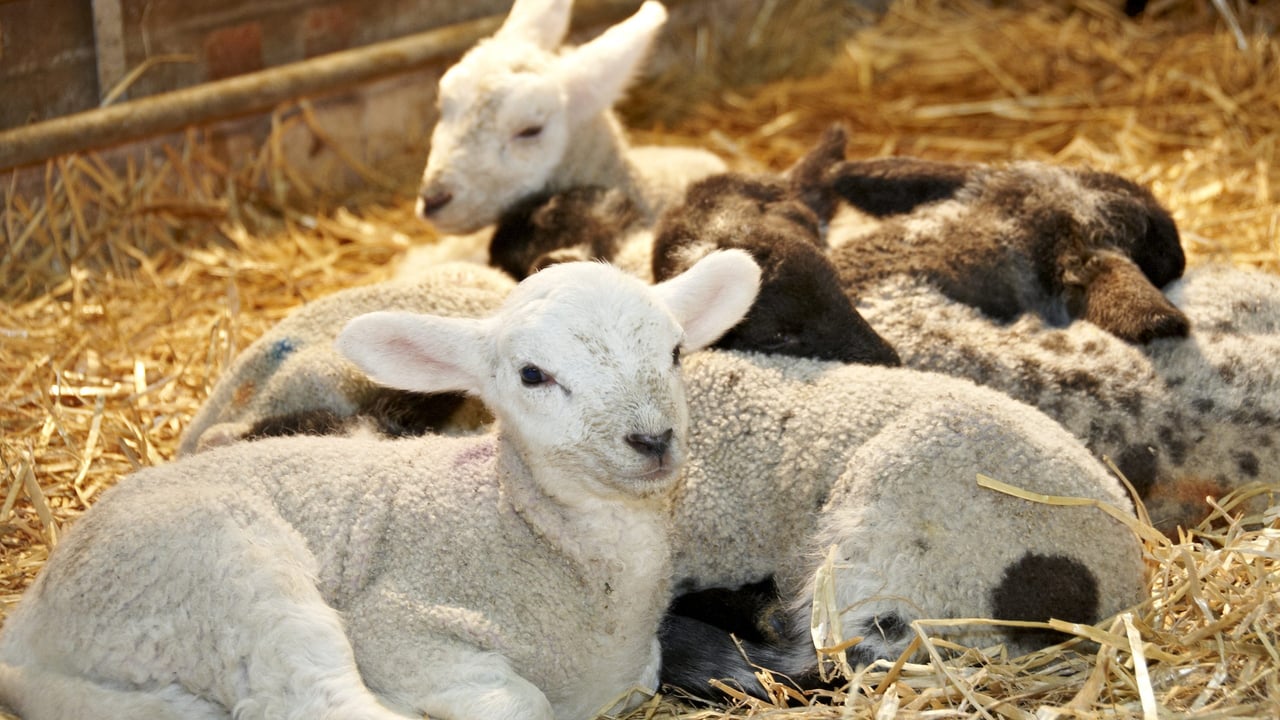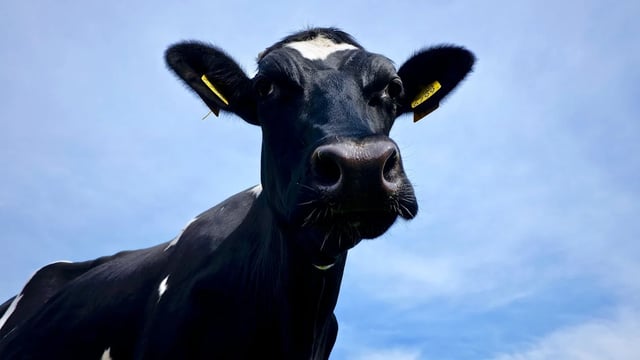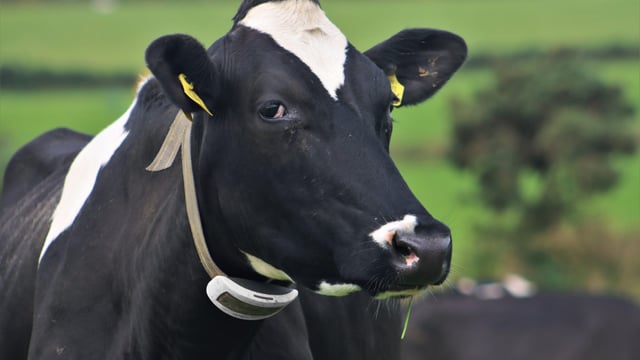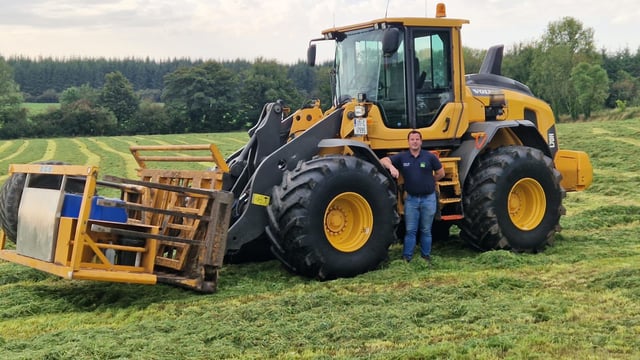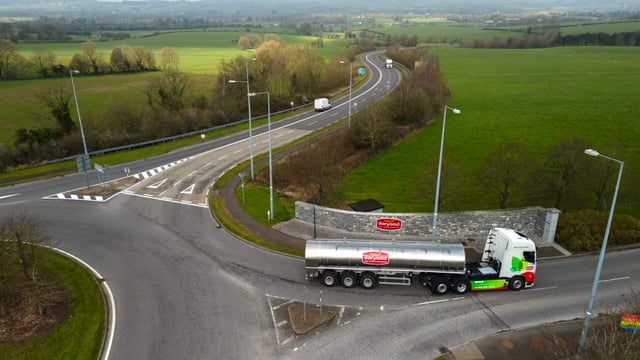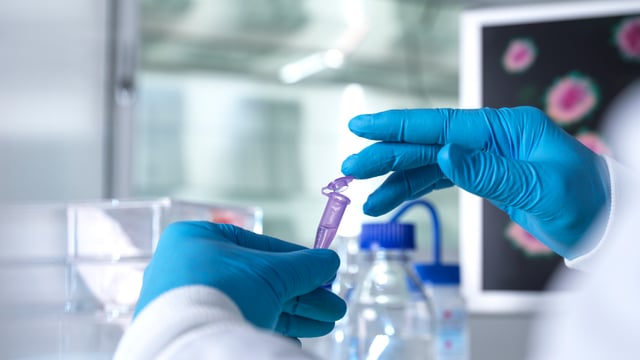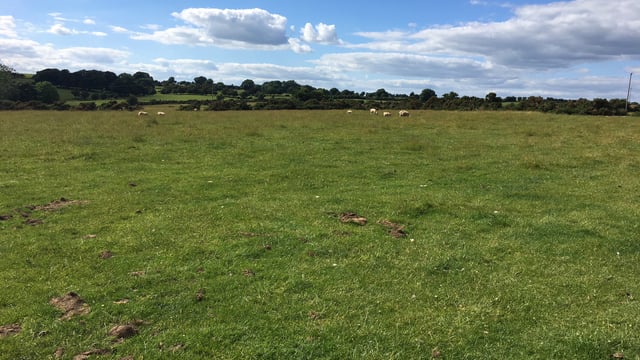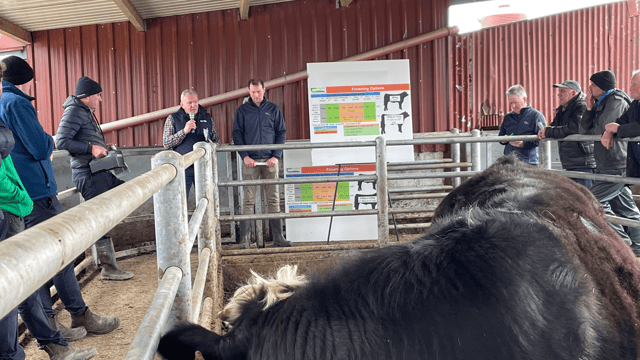Opinion: Month of March living up to its reputation
They say that the month of March comes in like a lion and goes out like a lamb. And, up to now, the spring of 2025 has been bang on cue.
So, with land fast drying out in most places and countless numbers of daffodils now in full swing, one might be on safe enough ground to conclude that spring has arrived.
As the sun gets ever closer, the expectation of some real heat coming our way over the coming weeks should give way to reality... let’s hope.
Irish agriculture has entered 2025 at the heart of very significant developments, all of which impact on society as a whole.
The now ever-present challenge of climate change and farming’s response to legislation that has been fully enacted is one of these pivotal issues.
But, undoubtedly, the most pressing of these issues is that of producing food in the most sustainable way possible.
In practical terms, this will see farmers producing more from less or, to be very specific, having a significantly lower reliance on chemical nitrogen (N).
The good news, however, is that all of this can be achieved by improving inherent soil fertility standards. And in this context three criteria stand out above all else - soil pH, phosphate and potash levels.
If farmers get these key indices of soil health and fertility in balance, the nitrogen argument becomes much easier to address.
The fundamental starting point for all of this is for farmers to secure accurate soil testing and analysis results across all of their fields.
Making best use of animal slurries and manures as we make our way through March will be critically important as farmers strive to secure greater levels of financial and environmental sustainability.
It is worthy of note that Teagasc is strongly advocating the use of slurry as a valuable fertiliser source on tillage crops.
But these raw materials are much more than a plant nutrient source, they also represent critically important energy sources.
As we look to the future, surely the scope exists to ensure that every gallon of slurry or tonne of farmyard manure is put through an anaerobic digestion (AD) plant prior to their spreading on land.
Slurries and animal manures represent an immense biogas source, which can be used to heat homes and factories, fuel our transport fleets and generate the green electricity that we will all need.
The good news implications of all this for the Irish economy and society as a whole are immense.
Agriculture and food have always been key drivers of Ireland’s economic wellbeing.
Looking beyond March, to the future, it is now certain that both industries will be playing an even greater role in delivering for farmers, rural communities and the economy as a whole.
But all of this comes with one proviso - farmers must be allowed to secure a sustainable future for their businesses.

